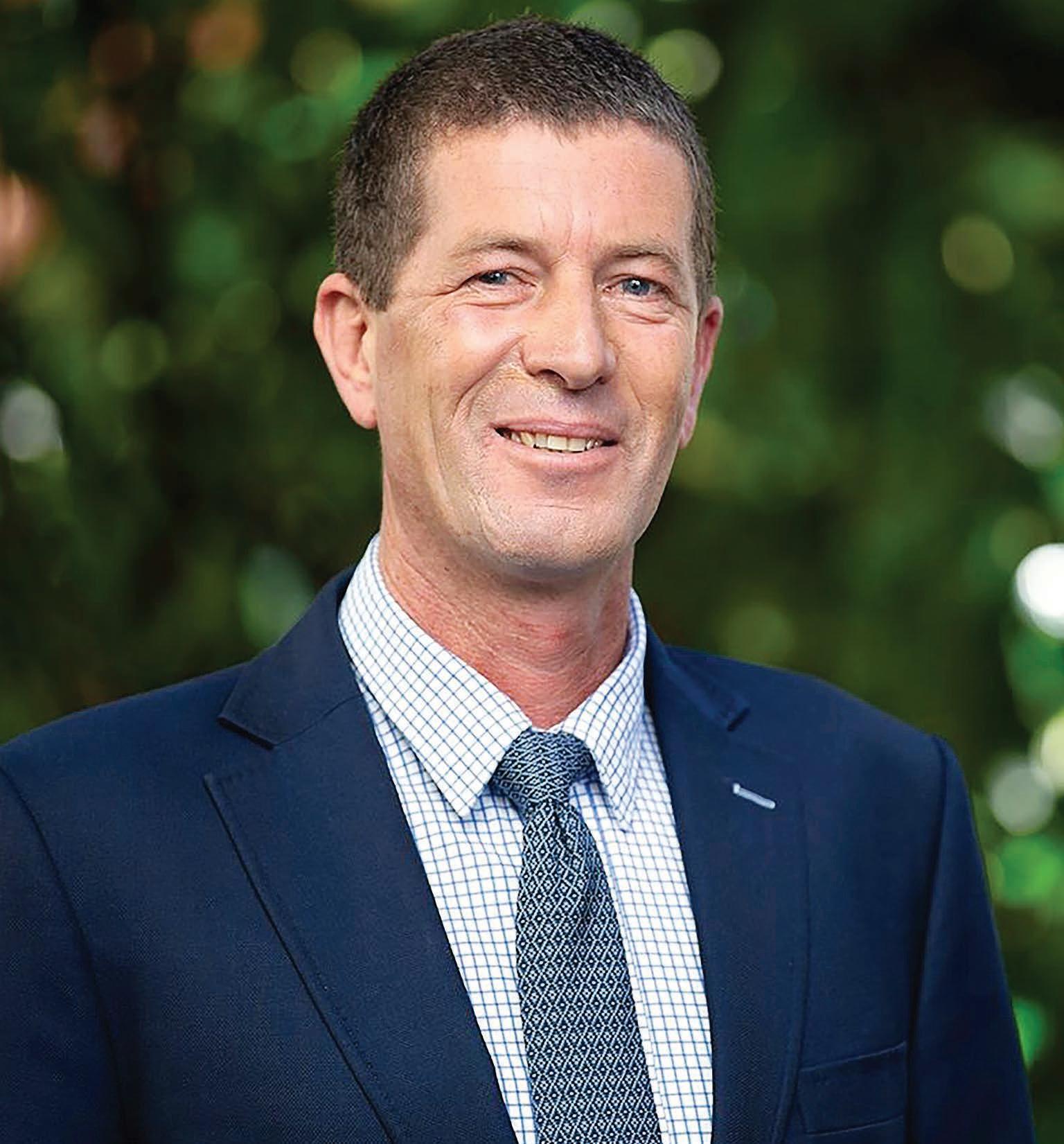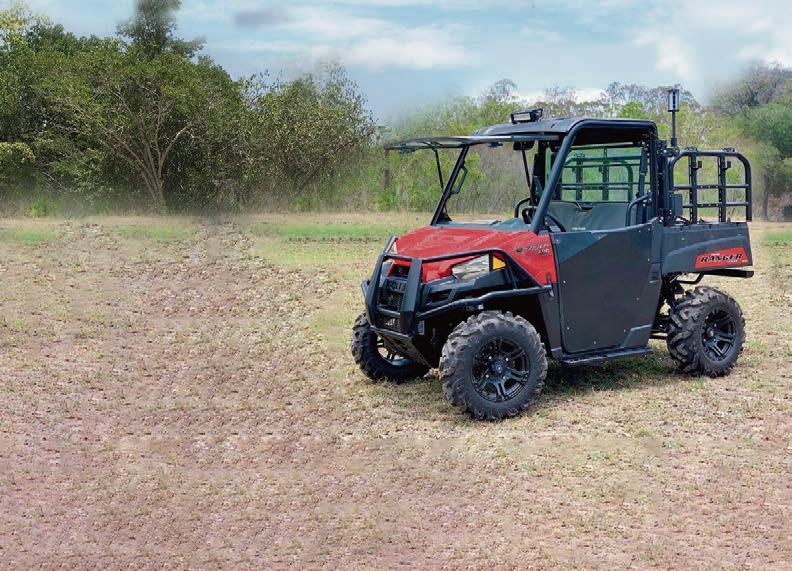
4 minute read
Editorial
Talk it or walk it?
Mike Butterick
IWOULD like to add to Alan Emerson’s article on wool.
Regarding our rhetoric around protecting our environment, perhaps it’s time to stop the finger pointing and start a bit of navel gazing.
We have a looming environmental disaster knocking very loudly on our door in regard to the ever-increasing microfibres that are now found throughout the food chain. They’re in our food, in our oceans, even in Antarctica, in our clothes and furnishings and in the very air we breathe – some 13,000-68,000 plastic micro fibres every person per year.
There’s an average of 40 plastic particles in every cubic metre of sea water, as deep as 1000 metres. A quarter of the fish in the Hauraki Gulf have microplastics – pieces of plastic less than 5mm long – in their guts, they’re even in their flesh. The equivalent of eight billion kilos enters our oceans worldwide every year.
Since the mass production of synthetic microfibres like polyester and nylon began in the 1950s, scientists predict at least 5.6 million metric tons of synthetic microfibres have been released from clothes washing. According to Textile World, polyester demand was only 5.2m tonnes globally in 1980 and by 2014, demand reached 46.1m tonnes. Fourteen percent of all plastic is used to make synthetic fibres.
We have a fascination with synthetic fibres, globally, a staggering equivalent of 44m plastic grocery bags or more may be entering our oceans each year just through our washing machines.
A single synthetic garment could release up to 1900 microfibres when washed in a washing machine. Worse still, researchers at the University of Plymouth found that a 6kg wash load could release more than 700,000 microfibres. Take your pick but the reality is that there’s nothing good about any of it
Synthetic fibres are fibres made by humans through chemical synthesis, the compounds used to make these materials, come from petroleum chemicals or petrochemicals (oil) as opposed to natural fibres that are directly derived from living organisms. Two litres of oil, yes oil, goes into every square metre of synthetic carpet. Some 70 million barrels are used each and every year to create polyester alone. Common synthetic materials are nylon, acrylic, polyester, carbon fibre, rayon and spandex.
Guess what, we already have a natural and renewable product that we can replace synthetics with, it’s called wool.
Wool is a product that’s been designed, perfected and worn by nature over millions of years. It’s renewable, biodegradable, stores carbon (50%), breathes, absorbs toxins, absorbs sound, improves air quality and is naturally fire resistant. We could not dream up better attributes for any product. Recent experiments in Japan measured the efficiencies of using wool carpet versus a synthetic option in two identical houses. The wool option resulted in electricity savings of between 8% to 13%, with additional savings of up to 12% for cooling under the same conditions. Yet in the last decade, wool carpets have lost ground to synthetic floor coverings with national sales dropping from 80% of the market to only 15% now.
If we actually want to make a difference, we need to start choosing environmentallyfriendly products to wear, insulate and furnish our homes. The natural products may be more expensive but they last longer and besides, what price do we put on leaving our environment in a better state for subsequent generations?
The choice is ours to make for it’s the individual choices that we make that can and will make a difference. If we don’t make the right choices, nothing will change
Do we simply talk the talk, or do we choose to walk it?
ThePulpit

WOOL ADVOCATE: Mike Butterick is calling on consumers to make better and environmentally-friendly choices, like wool-based products, instead of purchasing items made from synthetics.
Who am I?
Wairarapa Federated Farmers meat and wool chair Mike Butterick is a sheep and beef farmer who contested the Wairarapa seat for National in the 2020 election.
Your View
Got a view on some aspect of farming you would like to get across? The Pulpit offers readers the chance to have their say. farmers.weekly@globalhq.co.nz Phone 06 323 1519

$17,995

INC GST SAVE $1,000
$1,000 FREE ACCESSORIES^

0% FINANCE P.A.+

2
6
4 570 HEAVY DUTY EPS ADC
11 7 12
9
5 8
3 1 10
$26,995 INC GST
FREE FARM KIT VALUED AT $3,250 INC GST 0% FINANCE P.A.+
FARM KIT INCLUDES: Poly Roof (#2882911), Fixed Glass Screen (#2889030), Wiper Kit (#2883974), Rear Poly Panel (#2883773) and Draw Bar (#2875320)
XP 1000 HD EPS ADC
1
6
7 2 4
5
3
9 8
IT’S WORTH THE WAIT FOR A BRAND YOU CAN TRUST!
NEW ZEALAND’S FASTEST GROWING SXS BRAND IS IN HIGH DEMAND#
ACCESSORY IDEAS ACCESSORY IDEAS
1. Steel half doors #AUST510 2. Tip out front screen #2881784 3. Matte black six’r alloy rims #1521507-521 4. Pro Armor attack tyres #5415613 5. Canvas seat covers #P772Q 6. Front brushguard #2879973 7. Polysport roof #2883236 8. Cargo max system #2882177 9. Rear poly panel #2879812 10. Rear brushguard #2879972 11. Pro Armor 25cm dual row light bar #2882075 12. Work beacon led light #2883265 1. Poly Sport Roof #2882911 2. Tip Out Windscreen #2889031 3. Front Hood Storage Rack #2882690 4. 33” Single Row Light Bar - 6300 Lumens #2882077 5. Windscreen Wiper Kit #2883974 6. Glass Rear Panel #2879013 7. Poly Doors Crank Window #2882561 8. 2,041Kg Pro Hd Winch #2882711 9. Rock Sliders With Step #2882530







